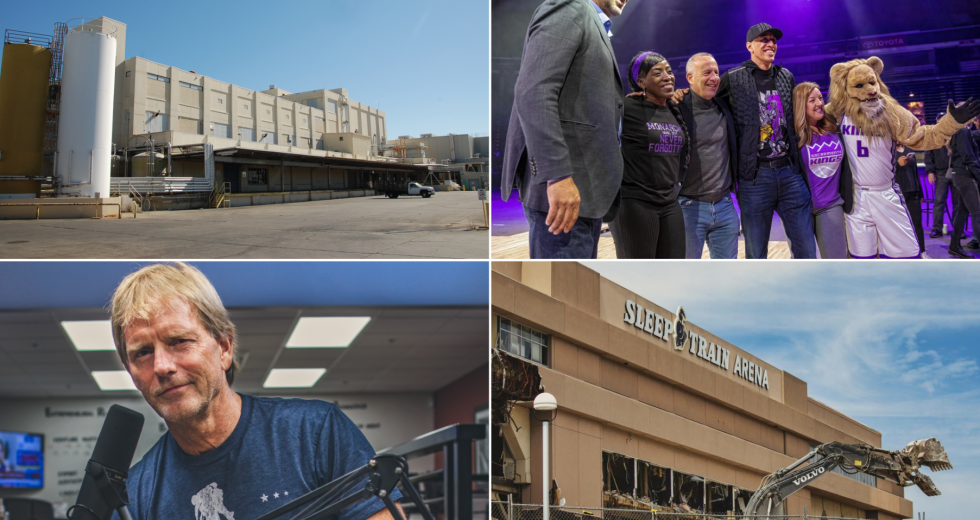By: Vanessa Labi
Boarded up, blanketed with weeds and peeling paint — forgotten warehouses and buildings are familiar sights for Capital Region residents. One by one, though, many are being given new identities. While we can’t rewind the clock on some of our region’s beloved structures, we can remodel and reacquaint ourselves with what these spaces mean to us. For those of us who remember what buildings were before, it can be a practice in layering new emotions (anticipation, relief) over old memories.
You may remember, for example, Midtown Sacramento’s Ice Blocks building — before it became the bustling commercial center where you can pick up a burger at Shake Shack or a couch at West Elm — as the historic warehouse known as the Crystal Ice building. During its inactive years between the mid-1990s and 2015, the building’s industrial facade became a popular backdrop for photo shoots, a quasi skate park and toward its end, a site for art installations.
D&S Development is renovating a warehouse in Elk Grove, built
in the 1800s, to be reborn as a restaurant and bar.
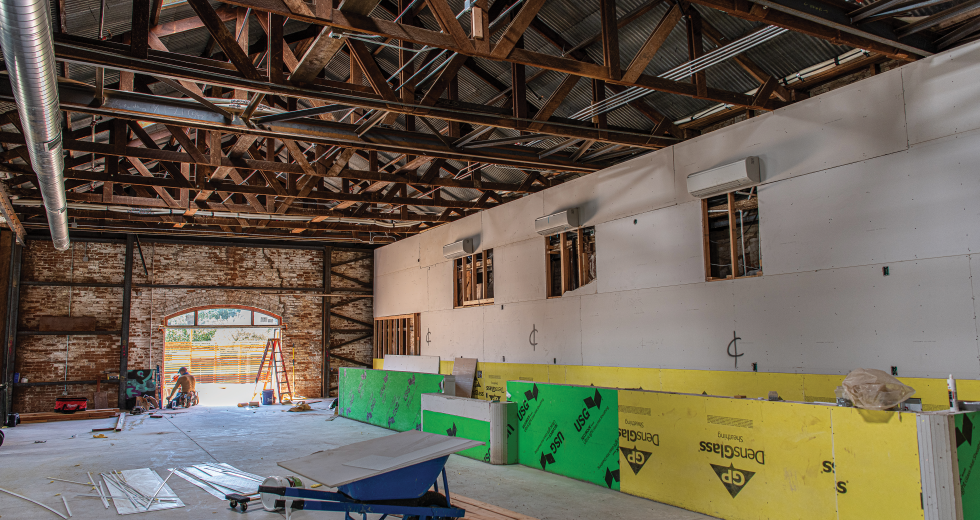
But buildings are built to be functional, and eventually these spaces get scooped up by business owners who see potential in their fading facades. For the entrepreneurs and developers tasked with the physical conversion of these spaces, memories are the least of their problems. Transforming these spaces into functional, modern spaces comes with technical and financial hurdles.
Russell Nichols explores what it takes for businesses to revive our region’s former industrial buildings, and these projects’ potential for sustainability and historic preservation.
Speaking of memories tied to physical spaces and reincarnated structures, we’re saying goodbye to ARCO Arena with a photo essay of its past, present and iconic moments, and a look to the site’s future.
Here’s the latest Capital Region Rundown:
In a photographic farewell, Steve Martarano reflects on the unforgettable events that shaped the now-demolished ARCO Arena; we explore the process of transforming a warehouse from eyesore to hotspot; a look at the ambitious and physically active schedule of a Rocklin investor and podcast host; and Safe Credit Union’s CFO offers tips for preserving financial wellness during these high inflationary times.
Recommendations from our editors:
In this section we editors share what we’re reading, listening to, watching or even eating. Here’s what we’re consuming this week:
Vanessa: Last weekend I was completely pulled into the three-part HBO docuseries “Woodstock 99: Peace, Love, and Rage.” It tells the story of how 1999’s three-day music festival — which was intended to capture the original festival’s idyllic, free-love spirit — went up in flames. (Spoiler alert, the amped-up, disgruntled festival goers are to blame for the blaze). It’s interesting to be in a time where we can see the ‘90s cultural influence (and shortcomings) more clearly. On a related note, I also listened to Chuck Klosterman’s new book, “The Nineties,” on audiobook recently and was thoroughly entertained by the contextual, time-traveling trip.
Jennifer: I finally found the second volume in Octavia Butler’s Xenogenesis trilogy, “Adulthood Rites,” in a museum bookstore and am devouring it. I consider Butler one of the greatest writers the science fiction genre has ever seen, not only because of her crisp, immersive prose and rich worldbuilding but because she unapologetically takes a Black, female perspective as default and imbues her worlds with insights that could only come from this perspective.
Judy: This topic has been getting a lot of buzz since it popped up on social media. The Wall Street Journal first wrote about “Quiet Quitting.” At first I thought it was about those workers we have known who do the bare minimum to skate by at work. But it’s actually more about the pandemic-influenced workforce which doesn’t want to do more work than required and seeks to maintain that desired work-life balance. I once worked 10 hours a day with no break, so I get it.
Odds and ends
Don’t forget to subscribe to the magazine to stay up to date on the region’s business trends, and follow us on Instagram, Facebook, Twitter and LinkedIn for daily stories and extras.
Recommended For You
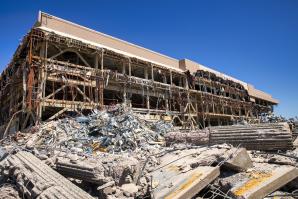
A Final Farewell to ARCO Arena
A look back on the beloved Sacramento arena as it crumbles into history
Reflecting on the many chapters of the building best known as
ARCO Arena, its farewell event and what’s next for the Natomas
site.
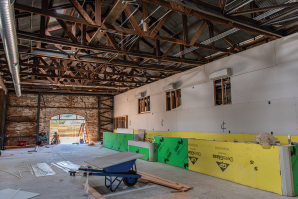
Starting From Scraps
Developers look to convert the region’s rotting eyesores into unique visions for business
While repurposing old warehouses for new use comes with
technical and financial challenges, it also presents great
benefits, and is one way to build green and sustainable.
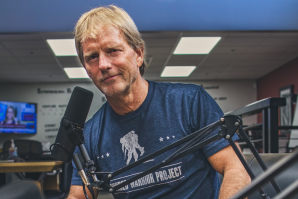
The Way We Work: Mark Haney
A glimpse into the daily life of HaneyBiz CEO and podcast host Mark Haney
Each issue, we dig into the working habits of a top executive in the Capital Region, providing insight into how they get things done.

Want to Guard Against Inflation? This Advice Could Help
SAFE Credit Union’s chief financial officer shares tips for living with inflation
Inflation impacts every aspect of our life, but these challenging times can also offer opportunities, even for those with limited expendable income.

Get it in print
Support local journalism: Subscribe to Comstock’s and get our high-quality print magazine delivered directly to your door!



